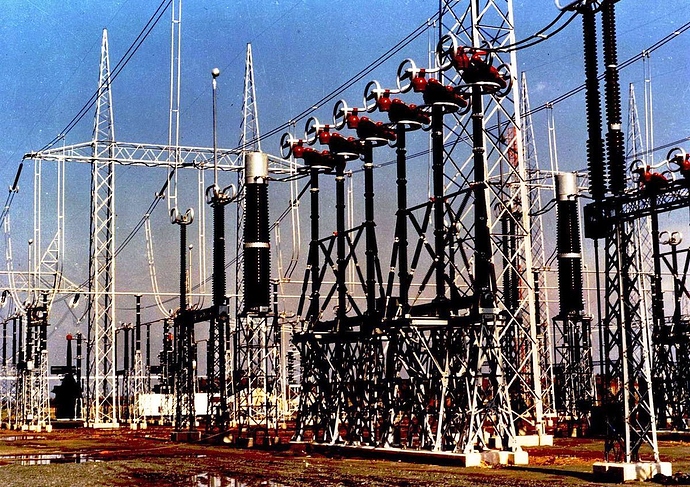In an electric power system, switchgear is the combination of electrical disconnect switches, fuses, or circuit breakers used to control, protect, and isolate electrical equipment. Switchgear is used to de-energize equipment to allow work to be done and to clear faults downstream. This type of equipment is important because it is directly linked to the reliability of the electricity supply.
High voltage switchgear, as shown in figure 5, was invented at the end of the 19 th century for operating motors and other electric machines. The technology has been improved over time and can be used with voltages up to 1,100 kV.
Typically, the switchgear in substations is located on the high voltage and the low voltage sides of large power transformers. The switchgear on the low voltage side of the transformer may be located in a building, with medium-voltage circuit breakers for distribution circuits, along with metering, control, and protection equipment.
For industrial applications, a transformer and switchgear line-up may be combined in one housing, called a unitized substation.
